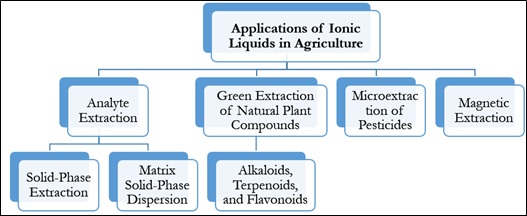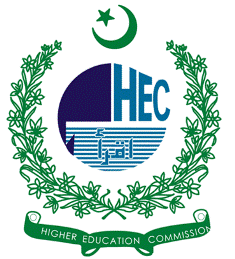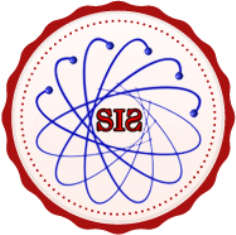Ionic Liquids in Agriculture: From Green Extraction to Sustainable Pesticide Development
Keywords:
Ionic Liquids, Toxicity of Bioactive, Microextraction of Pesticides, Microbial Control Agents, Imidazolium CationsAbstract
Agriculture, pivotal for sustaining the global population, faces challenges in achieving efficiency, economic viability, and environmental friendliness. Nano-modified stimulants offer promise for sustainable agricultural development, crucial for addressing food security and quality. Ionic Liquids (ILs), known as "designer solvents" with unique physicochemical properties, have gained attention across diverse industries, including agriculture. The evolution of IL technology, from customizable physical properties to bioactive ILs, opens avenues for their application in agriculture, spanning extraction of natural products, pesticide isolation, ionization of active ingredients, and controlled pesticide delivery. ILs contribute to sustainable analyte extraction in modern science, offering eco-friendly alternatives to traditional solvents. In the microextraction of pesticides, ILs feature prominently in techniques like Dispersive Liquid-Liquid Microextraction (DLLME) and Single-Drop Microextraction (SDME), demonstrating advantages such as rapid extraction and high recoveries. In modern sample preparation techniques, ILs integrated into Solid-Phase Extraction (SPE) enhance speed and environmental compatibility. IL-modified materials find application in various microextraction settings, showcasing improved efficiency and environmental compatibility. Pesticides developed using ILs exhibit diverse applications, from herbicidal ILs with dual-ion systems to ILs acting as food repellents, plant growth regulators, and microbial control agents. Furthermore, ILs show promise in pesticide delivery and controlled release, advancing pesticide development for sustainable agriculture. The biodegradability and toxicity of ILs are critical aspects, necessitating a comprehensive understanding. The toxicity of bioactive ILs is influenced by factors such as cation structure and anion nature. Imidazolium cations' biodegradability has been explored, providing insights into potential environmental impacts. Addressing gaps in toxicological research, particularly regarding combined toxicity in agrochemical products, remains a challenge. While certain ILs show limited toxicity in agricultural soils, further studies on IL transport and degradation dynamics are essential. In summary, the multifaceted applications of ILs in agriculture, spanning extraction, microextraction, pesticide development, and environmental considerations, present a dynamic landscape for future research and advancements in sustainable agricultural practices.


















